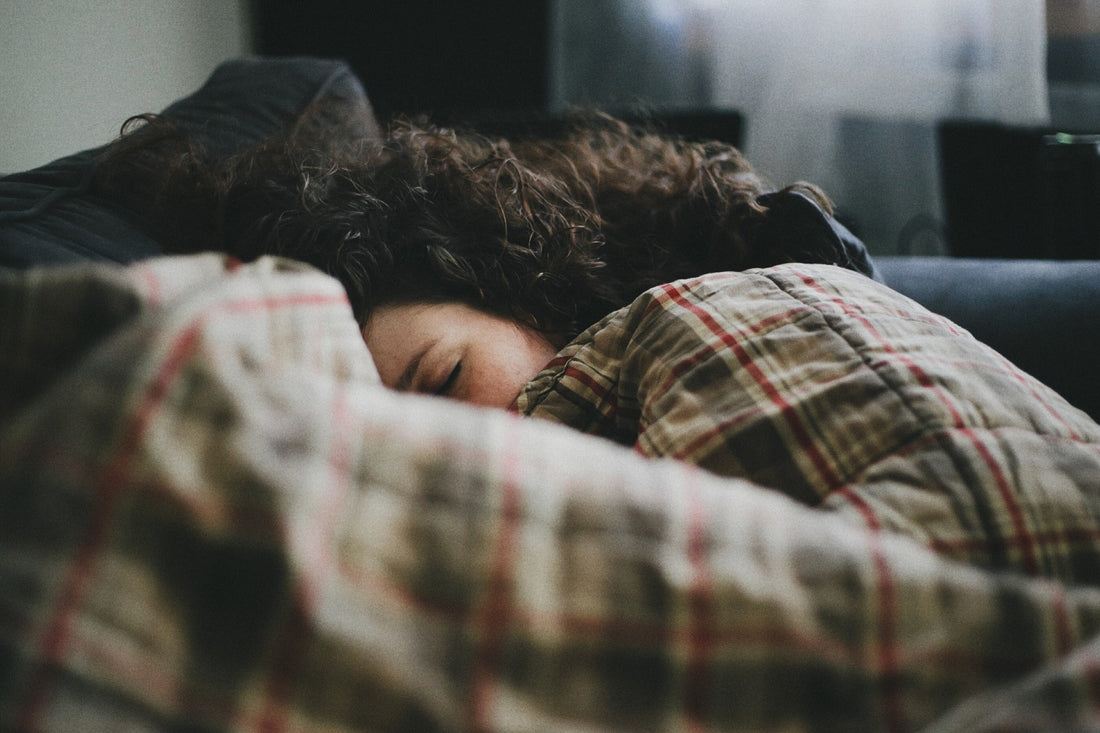Sleep is a critical component of our overall health. In addition to getting the necessary amount of sleep, it’s important to have uninterrupted sleep. Interruptions to your sleep can be caused by many things, from anxiety and depression to chronic pain or medical conditions.
One way you can ensure a restful night is by listening to sleep music. Binaural beats are one type of sound that can help induce a state of deep relaxation and peace. These sounds have been shown to have beneficial effects on brainwave frequencies. Here are some tips on how you can use this type of music for better sleep each night.
What is sleep music?
Sleep music is a type of music that has been designed to help you get to sleep faster and stay asleep longer. With binaural beats, you can use this type of music to help induce a state of deep relaxation and peace. You can also try white noise which some people find helpful, or focus on the sounds around you like waves crashing on the beach.
What are binaural beats?
Binaural beats are a type of sound that can help induce a state of deep relaxation and peace. These sounds have been shown to have beneficial effects on brainwave frequencies. By listening to these sounds, the right and left hemispheres of your brain synchronize with each other. Here’s the science behind it:
Brainwaves are measured in cycles per second (hertz) and range from 1-40hz. Brainwaves cannot be heard by the human ear, but recordings of binaural beats can stimulate them.
What are binaural Alpha waves?
The science behind Binaural beats comes from the brainwave frequencies people experience when they listen to them. There are five different types of brainwaves, with one being called Alpha waves. These Alpha waves can be experienced by listening to binaural beats at around 8Hz or higher, which is the frequency at which the brain typically starts to produce this type of wave pattern. Studies show Alpha state includes better emotional stability and increased creativity, as well as improved physical health like detoxification and pain relief.
What are binaural Beta waves?
Beta waves are considered to be on the lower end of the frequency scale and range from 12-30 cycles per second (Hz). Beta waves help induce a state of relaxation and peace. Binaural beat sounds at 12 Hz will produce beta waves in your brain. While it may be difficult to find this frequency on an audio track, you can achieve this by listening to binaural beat music or through some natural methods such as meditation.
What are binaural Gamma waves?
Binaural Gamma waves are neural oscillations in the brain with a frequency of 40 Hz. This frequency is said to contribute to mental clarity, improved focus, and an increased sense of well-being.
What are binaural Delta waves?
Delta waves are one type of brainwave that is created when exposed to binaural beats or any type of rhythmic sound. These waves aren’t present when we are awake, but they happen during very deep sleep (stages 3 and 4) and in some stages of REM sleep. Delta waves occur at 1-4 Hz and produce feelings of deep relaxation and peace.
Binaural beats for sleep
Binaural beats can be used to help you get a better night’s sleep, and they’re not just for relaxation. Binaural beats are the result of two tones, usually in different frequencies, playing at the same time. They’ve been shown to have many benefits on brainwave activity and can even help induce a state of deep relaxation and peace.
How to use binaural beats for better sleep
Binaural beats are sounds that can be used for relaxation, meditation, and sleep. These beats are created by playing two different tones in each ear; one tone is played at a lower frequency than the other. The tones create the illusion of a third tone, which is called the binaural beat.
Most people find binaural beats to be relaxing and they often use them as white noise to help them sleep better at night.
To use binaural beats for better sleep, first find a comfortable position in your bed. Make sure you're not lying on your back or side because either position might interrupt your breathing pattern. Once you're situated comfortably, set any lights that may bother you to dim or turn them off completely if possible. You'll also want to turn off any electronics that might emit light or sound during the night so they don't disturb your sleep.
If this isn't possible, try using an app like Twilight on your phone to reduce screen brightness and limit notifications from alerts during the night. Once you've done all this, all you have to do is put on some headphones and press play on your playlist of binaural beats!
Doing this will encourage peaceful sleep by reducing anxiety levels and increasing relaxation responses throughout the body. You'll notice that using binaural beats will help you fall asleep faster at night without any interruption by worries or negative thoughts about life events!
Conclusion
When you’re experiencing a good night’s sleep, you feel refreshed and energized the next day. You can achieve this feeling in less time with the help of binaural beats and sleep music. These beats and music work in the background to help you achieve deep and relaxing sleep. With a little creativity and research, you’ll find the perfect combination to help you get the rest you need.

